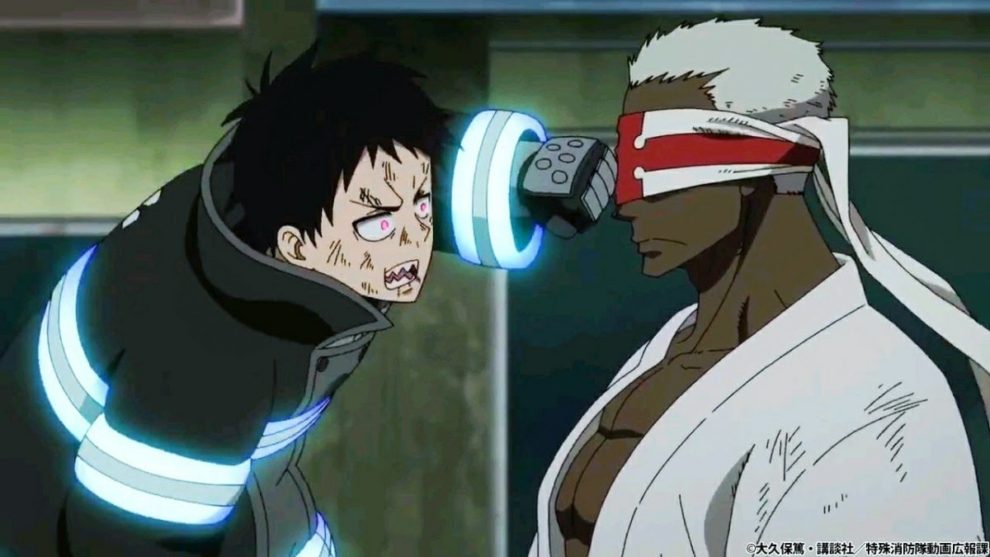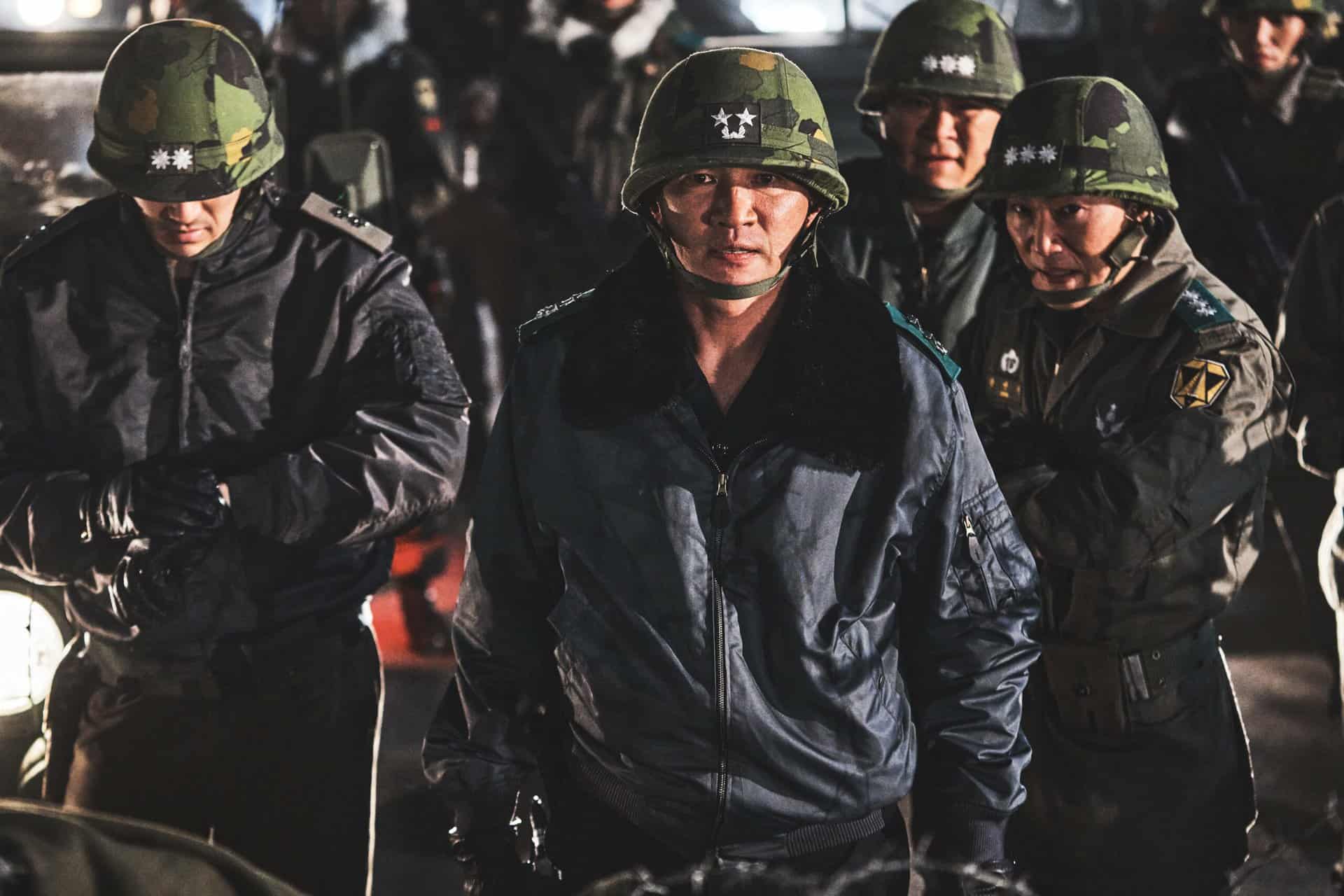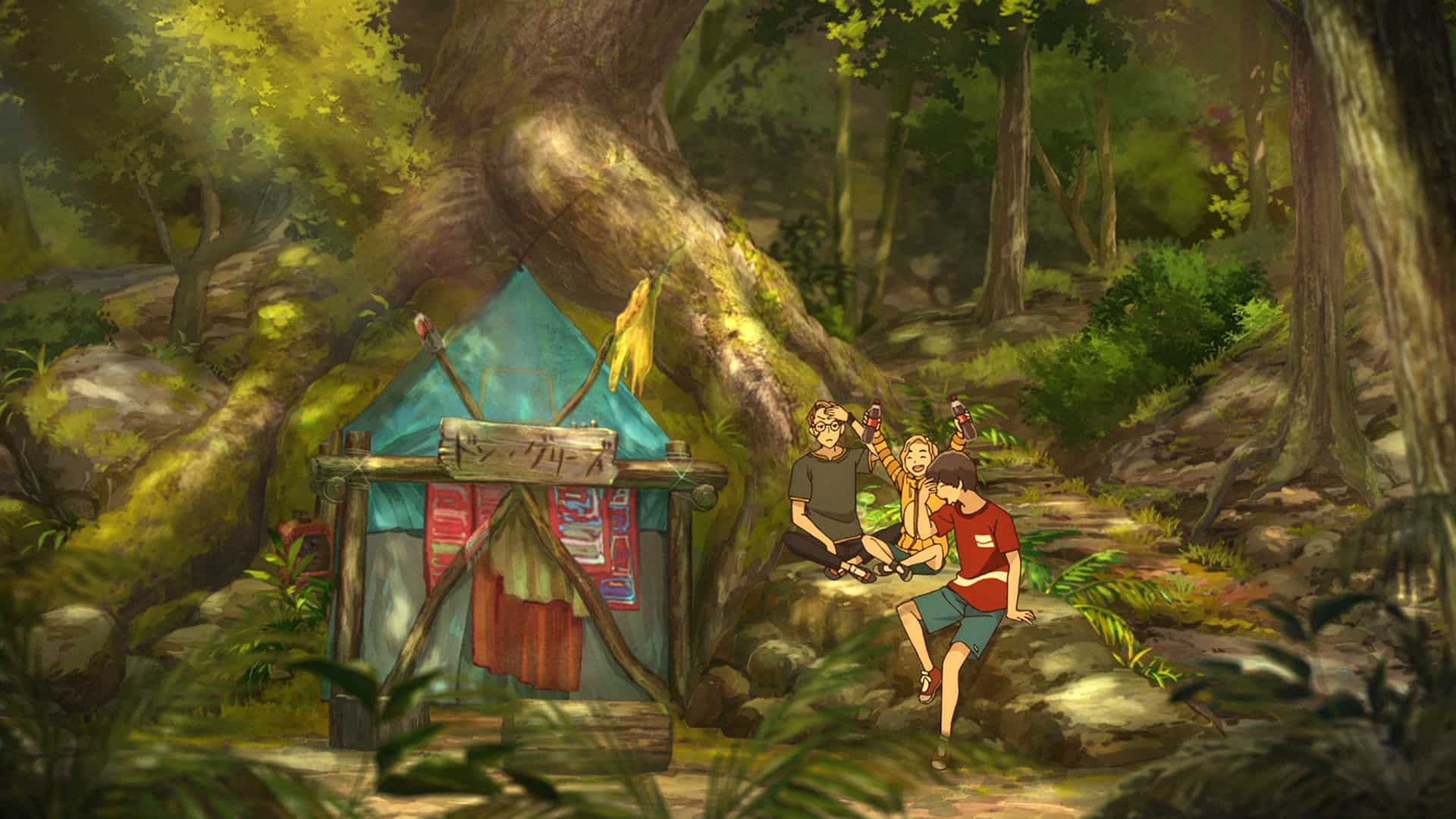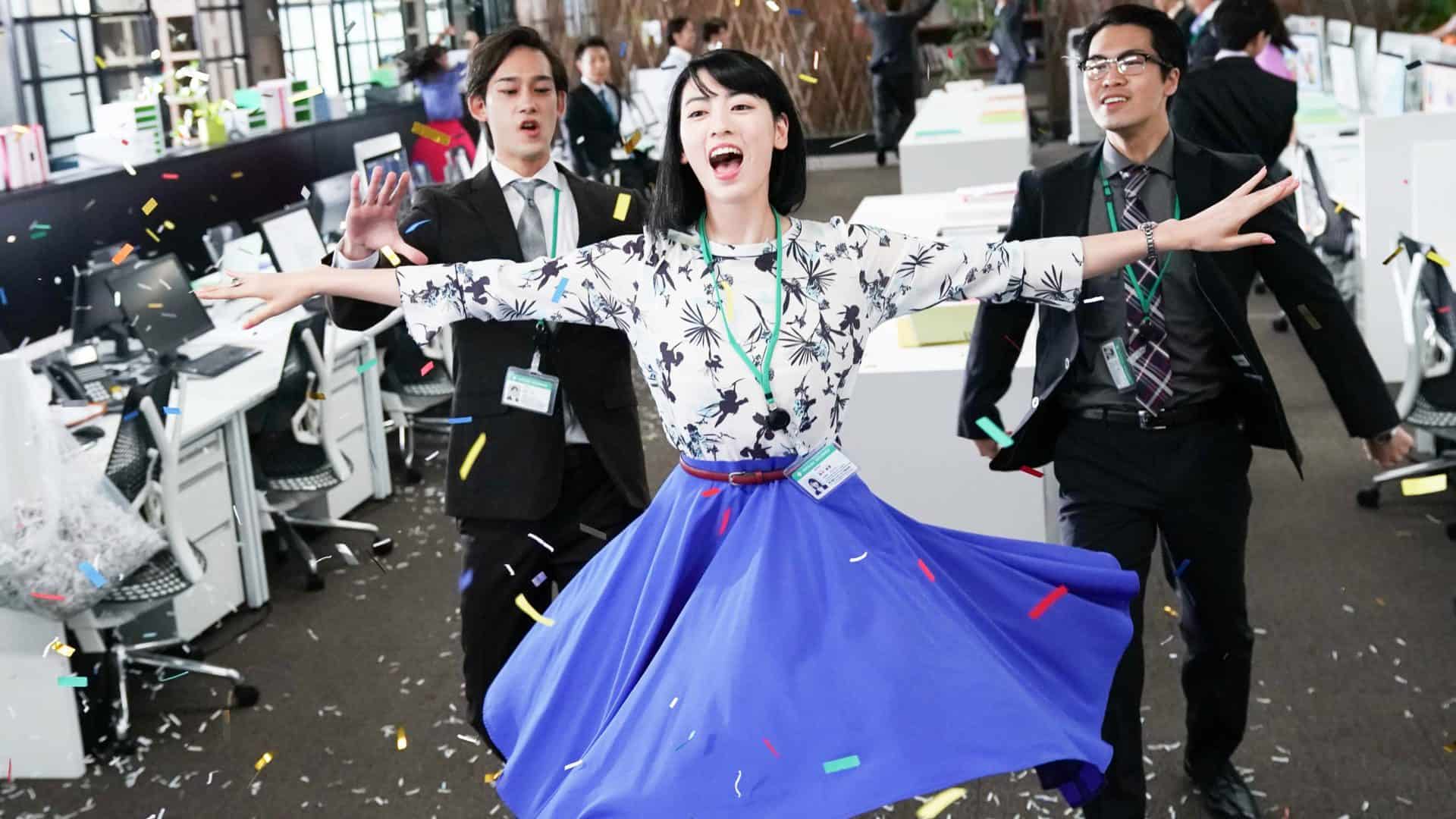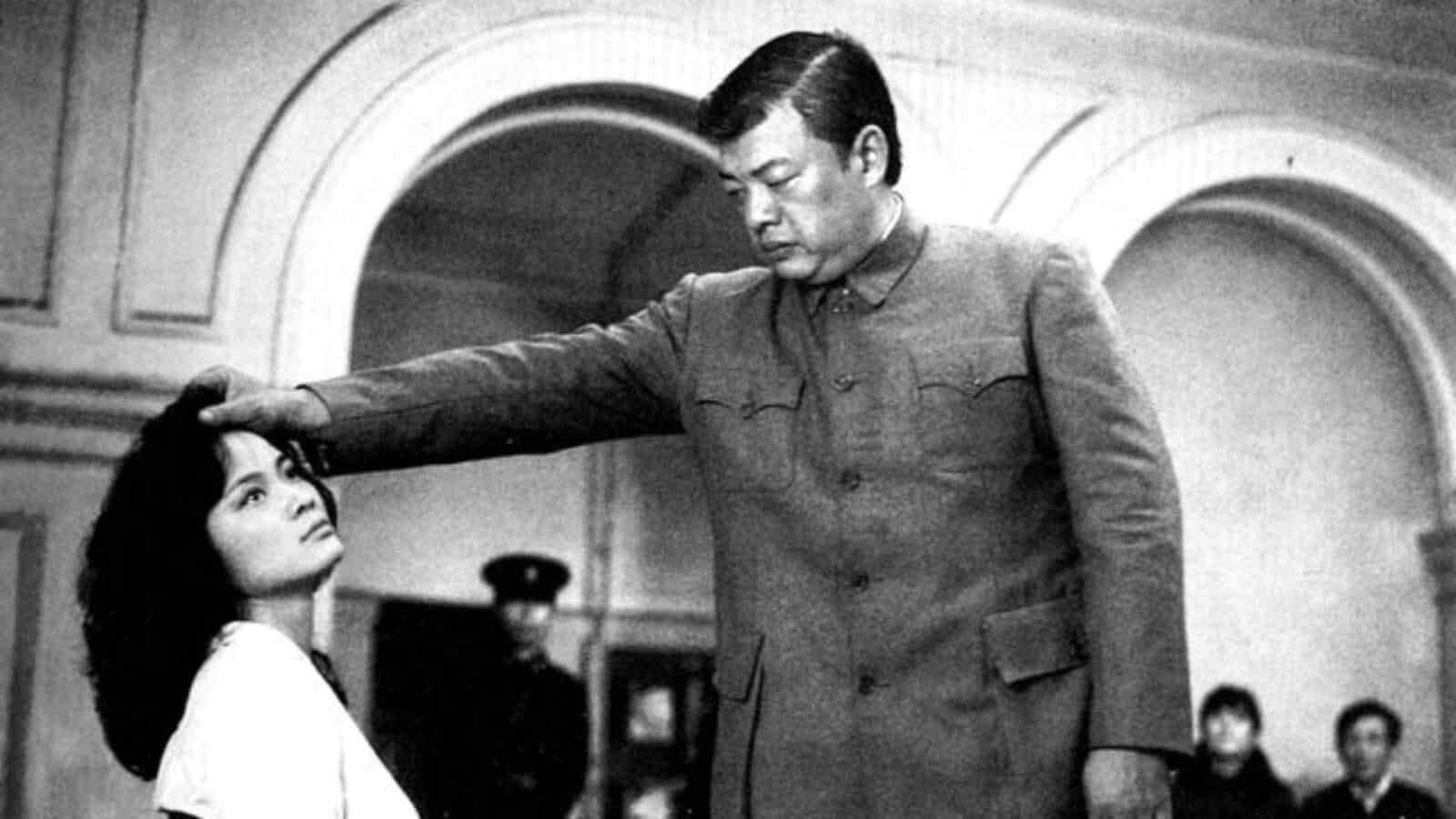As we have mentioned in the review of the first season, “Fire Force” was a rather impressive anime audiovisually, which did not have much to offer, however, in terms of narrative originality, essentially following all the rules of the shonen category. The second season, with a different director in the helm, Tatsumi Minakawa, who replaced Yuki Yase, manages to move significantly forward however, particularly by focusing more intently on individual characters, and by expanding on the conspiracy theory that had started to be unveiled in the first season.
Buy This Title
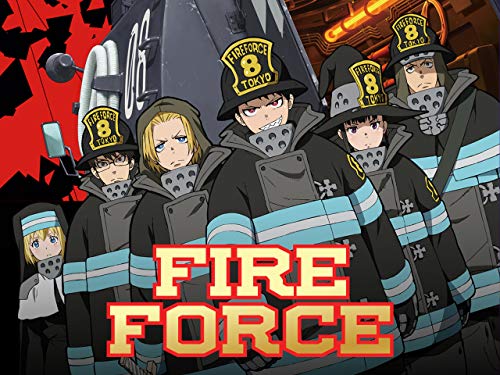
Life has returned to normal as if the past events involving the Evangelist sent by the White Clad had never happened. However, Shinra is still determined to find a way to turn Infernals back into people and unravel the mystery of the Evangelist and the Adolla Bursts. The appearance of a giant sentient Infernal that takes the combined efforts of a number of groups to put down shows that something strange and more sinister is going on, while soon Shinra and the gang find themselves having to deal with highschool student Inca Kasugatan, who uses her uncanny ability of smell to detect the paths of flames. Later on, a trip to Avalon reveals much about the Adolla Bursts and their creation, but also creates more questions. The appearance of Kurono, the Academy, Haijima and its penetration in society, the cruelty of the Evangelists and particularly of Necro Pyro technique, the analysis of the background of Noto and Tamaki, and Victor's role conclude a rather interesting narrative.
As mentioned in the prologue, the element that raises the quality of the story is the analysis of the secondary characters, with particularly the ones of Noto and Tamaki adding much to the overall context, by allowing the viewer to empathize with them, essentially deeming them as much more than pure caricatures.
Apart from the aforementioned element, the narrative also benefits by the sociopolitical and financial comments that permeate the story, with the concept of multinational companies and subsequently, capitalism, the connection of the capital with religion, fundamentalism (“destroying to go to Heaven” utters one of the Evangelists), and the use of nuclear energy adding even more depth to the series.
Another element that has benefitted the whole approach to the story is that the episodes are kind of split in two, with one part being more serious and the other one funnier/fanservice, in an approach that provides a welcome relief without allowing the series to fell overboard towards one or the other, in a trait that should be attributed to Minakawa's direction.
The battles are as impressive as ever, while I feel that the action is a bit more brutal than the previous season, particularly through the introduction of some new characters who appear to be sadistic sociopaths. Particularly Ritsu and Kurono embody this approach to the highest degree, with the latter's phrase “I love bullying the weak” expressing this element in the most eloquent fashion. Apart from the contextual depth, however, the actual action is equally impressive, with the mexican standoff, the fights in Avalon and in the underground being equally well directed, well-drawn and animated, with David Production's work being truly magnificent. The drawing, and particularly the eyes of the characters are Hideyuki Morioka's most memorable aspect in terms of the creation of the various individuals, while the intense coloring fits the overall aesthetics and the narrative to perfection.
“Fire Season 2” is a definite improvement on the first season, with the storyline being more captivating than ever and the animation remaining in the same, quite high standards.


